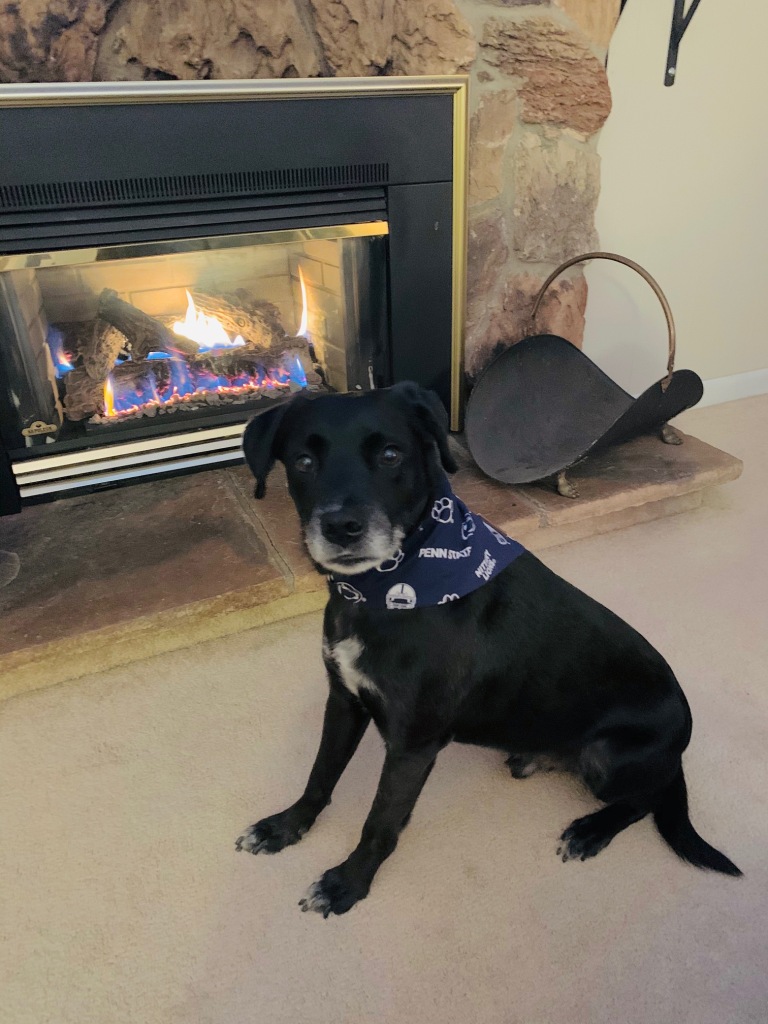A few people have recently asked us, “how do you pick your flavor combos?!” Super Berry Cider, Blackberry Mint Sour, and Ginger Lime Seltzer, are just a few we’ve brewed recently. We simply tell them: We’re always thinking of beer.
Every time we go out to the grocery store, a new restaurant, or to visit a brewery, our eyes and minds are always open. Sometimes we just wander through the grocery store and see what we can find and start with one ingredient and build from there. If you start with a tart ingredient, you cater your brewing style to add a bit of sweetness or if you use a bitter tea, there’s no need for a ton of bittering hops.
We also recommend to scour the internet not just for beer recipes and ideas but for anything edible. You never know where your inspiration will come from. Sometimes we look up cake recipes and see how their built and their proportions and build a recipe based from something unrelated.
We always look forward to recipe creation because it helps us put our creative foot first and let our brewing skill show the rest. What do you do for recipe creation? How do you handle developing new recipes? Let us know… there’s always room to grow!













